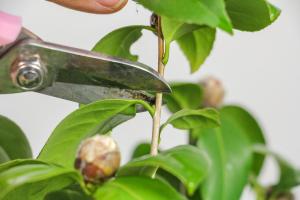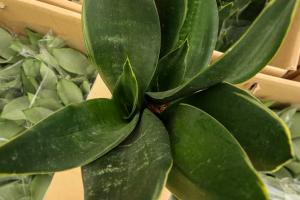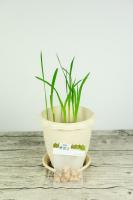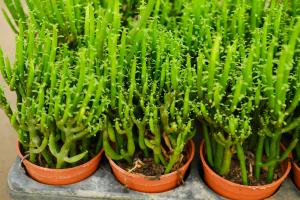Introduction
Planting vegetables is an enjoyable hobby, but it requires some knowledge of the best planting times for optimal yield. In Minnesota, the optimal time for planting vegetables will vary depending on the type of vegetable and the location. This article will provide all the necessary information for determining the best time for planting vegetables in Minnesota.
Frost Dates
One of the key factors to consider when planting vegetables in Minnesota is the frost dates. The last frost date marks the end of the growing season, while the first frost date marks the beginning of the fall. In Minnesota, the last frost date occurs between May 1 and May 15, and the first frost date occurs between September 15 and October 1. For best results, plant vegetables after the last frost date, and harvest before the first frost date.
Warm Season Vegetables
Warm season vegetables are those that thrive in warm weather and require long growing seasons. In Minnesota, the optimal time to plant warm season vegetables such as tomatoes, peppers, and squash is after the last frost date, which is usually between May and June. The warm season vegetables require adequate sunlight and soil that has warmed up to at least 60掳F. Some warm season vegetables, such as tomatoes and peppers, can be started indoors in early spring to extend the growing season.
Cool Season Vegetables
Cool season vegetables are those that thrive in cooler weather and require short growing seasons. In Minnesota, the optimal time for planting cool season vegetables such as lettuce, spinach, broccoli, and carrots is in early spring, before the last frost date, or in fall, after the first frost date. These vegetables require moist soil and temperatures between 45掳F and 70掳F for optimal growth.
Soil Preparation
Proper soil preparation is critical for ensuring optimal growth of vegetables in Minnesota. Before planting, ensure that the soil is well-drained, nutrient-rich, and free of weeds. Soil preparations can be done in fall by applying organic matter and tilling the soil. If planting in spring, work the soil at least two weeks before planting the vegetables to allow for decomposition of any organic matter applied.
Conclusion
In conclusion, planting vegetables in Minnesota requires proper planning and consideration of frost dates, warm and cool season vegetables, and soil preparation. By planting at the right time and taking care of the soil, you can enjoy a bountiful harvest of fresh vegetables in Minnesota.

 how many times do yo...
how many times do yo... how many planted tre...
how many planted tre... how many pine trees ...
how many pine trees ... how many pecan trees...
how many pecan trees... how many plants comp...
how many plants comp... how many plants can ...
how many plants can ... how many plants and ...
how many plants and ... how many pepper plan...
how many pepper plan...

































